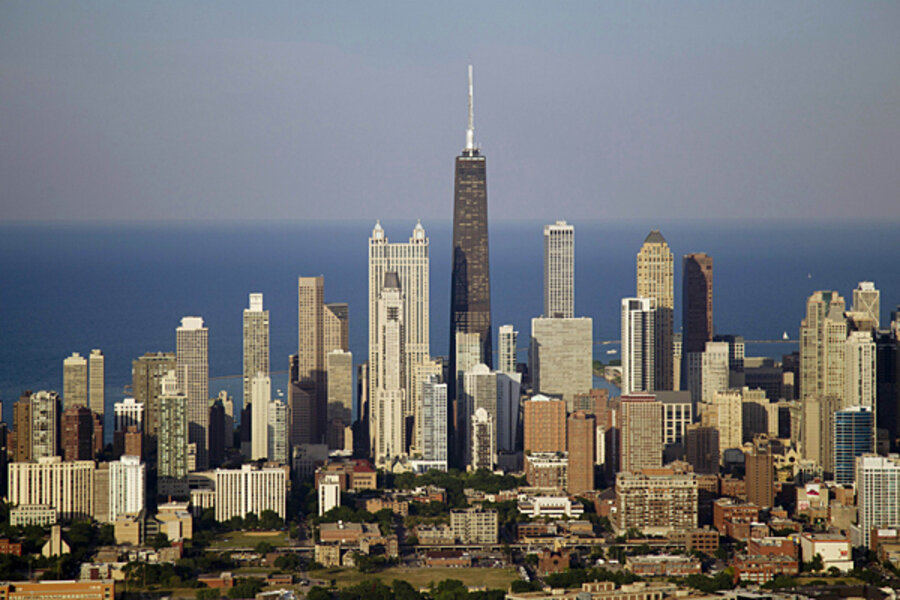Will urbanization save energy?
Loading...
The signs of great movement back to the city center from suburbia can be found in most major cities of America. New apartments, condos, townhouses seem to be sprouting up in the previously abandoned or dilapidated sites all across the US. A recent issue of Fortune magazine talked about how majority of the new housing construction today is happening in the heart of the cities rather than the suburbs. I see evidence of this in our great city of Houston every time I drive to downtown. The appeal of living in the city seems to be catching on with the younger generation – who are willing to give up a big house and yard for the convenience of living close to work. From an environmental perspective, if these trends were to continue, American urban areas have the potential to become far more sustainable rather than continuing 20th century trend of sprawling further and further away from the city with an ever-increasing footprint.
I think this is great and hope the trend continues. But, I worry that public transportation or lack thereof may become the roadblock to making our cities more desirable and sustainable. As more people move in closer and the population density rises, it will put an increasing burden on the cities’ infrastructures. Most of these demands could be met by investments from the increasing tax base as the population increases, but the development of adequate public transportation may not be as easy.
It is true that having lifestyle amenities near the center allows residents to get around more by foot or bicycles. This could reduce some reliance on automobiles for transportation needs versus the norm today. But, can one really foresee a city with population density approaching that of major European and Asian metropolis without a reliable public transportation system? Given the long lead-time and high investment needed to build an extensive and reliable public transportation system, are our city planners up to the task on this issue? There does not seem to be a significant effort to build extensive people moving systems compared to how fast the condos and townhouses are being built and sold. If the city streets become as clogged as our freeways are during rush hours and residents start spending a lot of the time sitting in their vehicles, I wonder how long the love affair with downtown areas will last. Perhaps it is time for our city managers to get more aggressive in building public transportation before the perils of automobile traffic follow residents into the city centers from the suburbs, and we lose this opportunity to have more livable and sustainable urban areas in the US.







